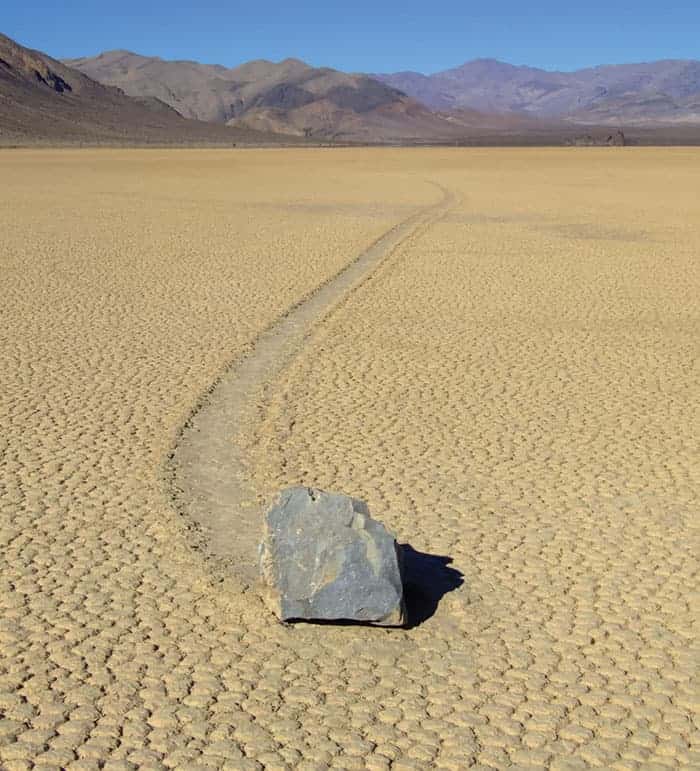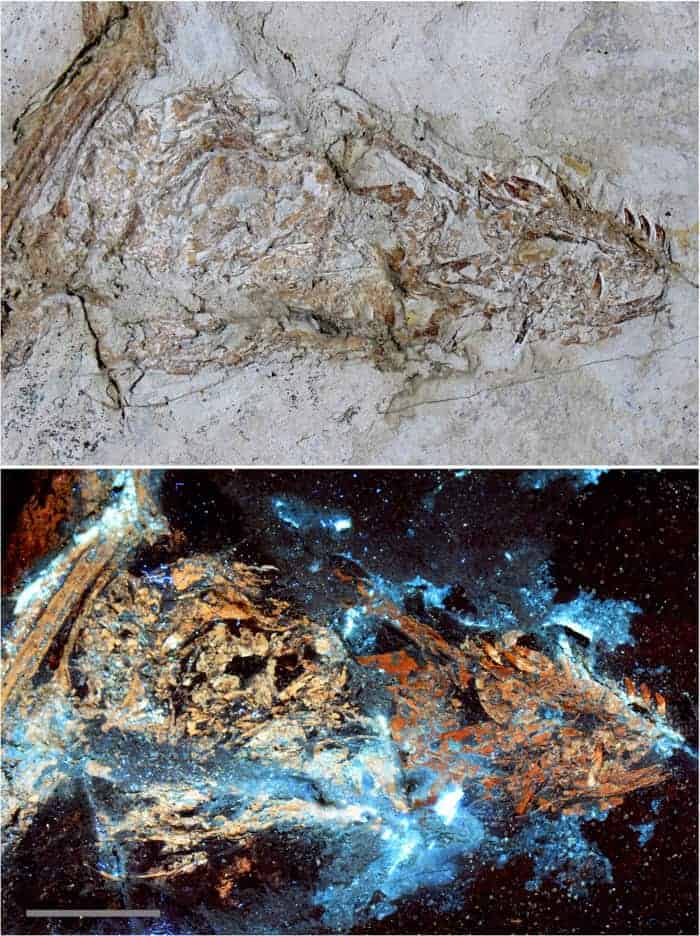Monitoring a smoking giant with muons: a plan for Popocatépetl
James Dacey investigates a plan to use muons to peer inside Mexico’s famous volcano Popocatépetl to help predict the timing and extent of its fiery outbursts
 Read article: Monitoring a smoking giant with muons: a plan for Popocatépetl
Read article: Monitoring a smoking giant with muons: a plan for Popocatépetl









